Diving and Snorkeling
Each state offers diverse water ‘playgrounds’. Explore the underwater world and have a fantastic experience! Remember, whether you’re diving in a river, a lake or in the ocean, you must always follow the Coast Guard’s Navigation Rules and each state’s requirements for the display of Diving Flags.
Diver’s Flag: A floating red and white Diving Flag (carried on the top of a white buoy) marks an area where diving is in progress. Avoid these marked areas and understand that many states have minimum distance requirements that you must follow.
Alpha Flag: The boat from which divers are diving may display the blue and white Alpha Flag. When you see this flag, proceed with caution. It means there is a diver underwater in that area. The Alpha Flag is not a substitute for a Diver’s Flag in states that require a Diver’s Flag. It does not indicate the exact location of the diver.
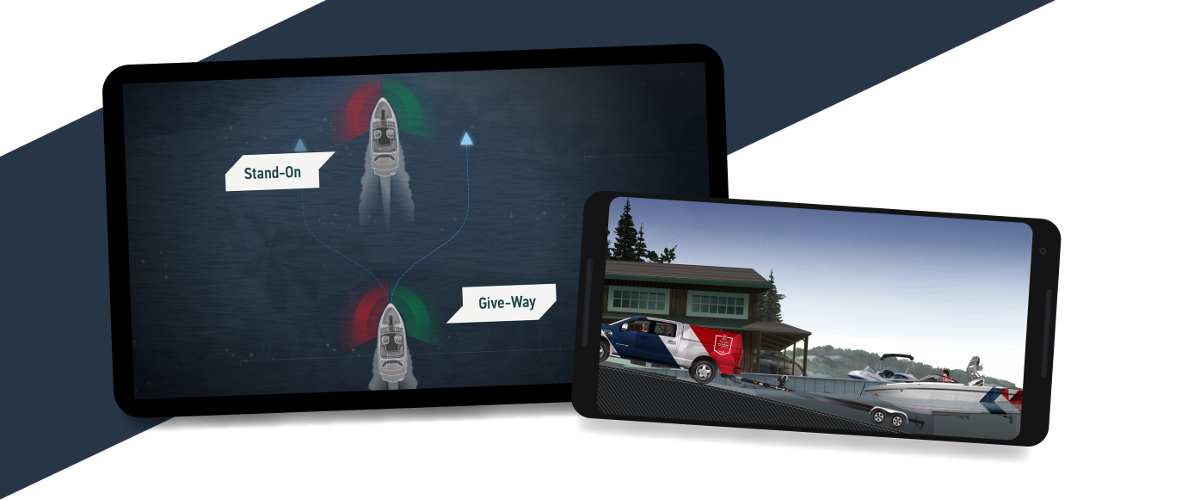
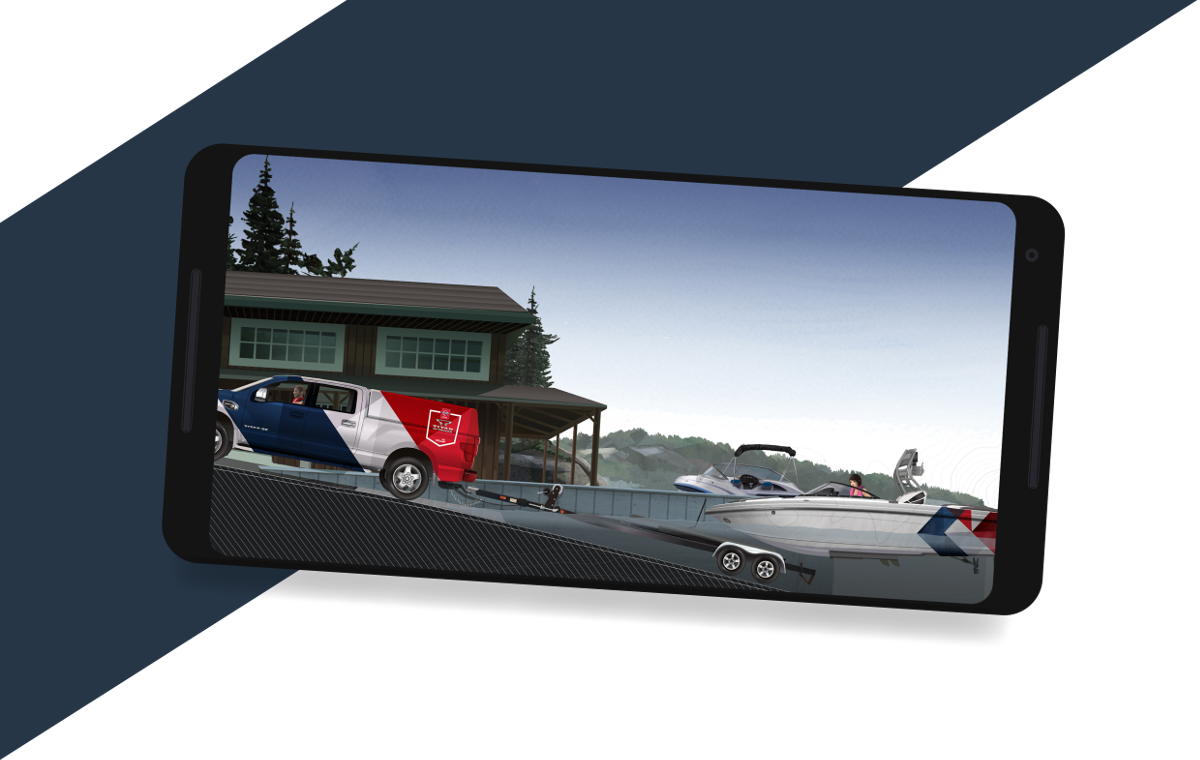
Get your Official North American
Boating License
The Official NASBLA and Transport Canada Boating Course, Test & License.
Get your Official North American
Boating License
The Official NASBLA and Transport Canada Boating
Course, Test & License.
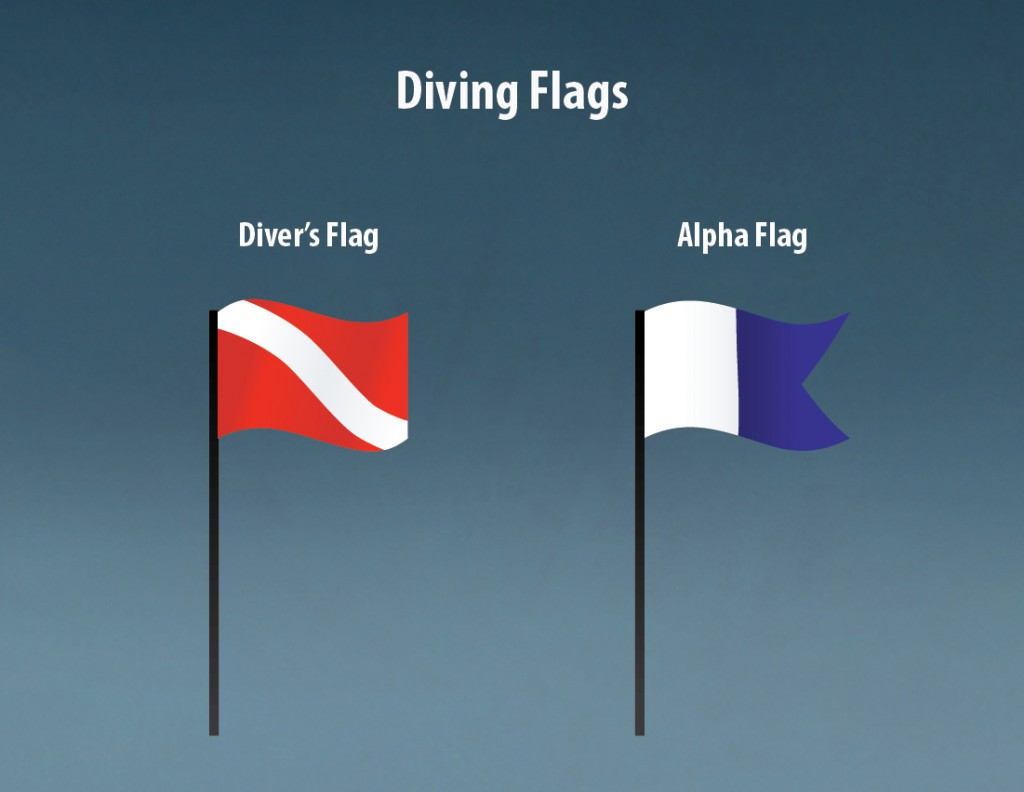
The Navigation Rules require boats with night divers to display three, all-round lights in a vertical line. These lights must be located in a position where they can best be seen. The three light colors must be as follows: Red on top, white in the middle and red on the bottom.
Safe Boating Tip:
Remember that divers may drift away from the area marked by their Diver’s Flag. Underwater currents can move them or they may simply swim out of their zone. Exercise extreme care by slowing down and staying well clear of areas where you spot Diving Flags.
Towed Sports
Towed sports are fun for everyone taking part! However, in order to be performed safely, towed sports require three conditions:
- A spotter is required on board the boat. The spotter is someone who can observe the person being towed at all times.
- The operator must have experience maneuvering a boat and be familiar with the techniques for picking up passengers in the water.
- You are required to have proper safety equipment and towing gear. The equipment must be well maintained, in good working order and be appropriate for the sport.
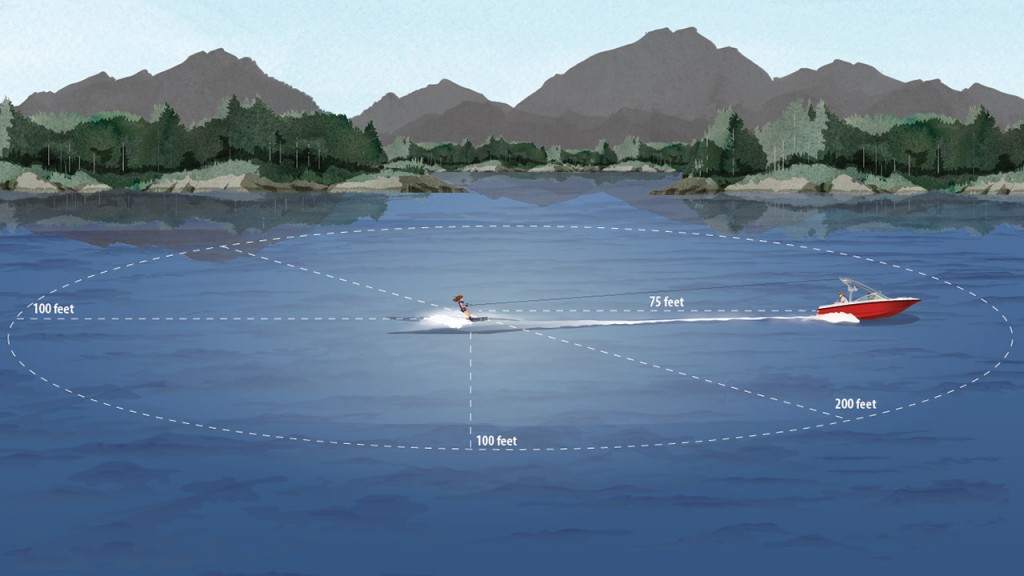
Towing ropes should be at least 75 feet in length. This will keep a safe distance between the rider being towed, the boat’s propeller and the boat’s engine fumes. Additionally, you should always maintain a 200-foot wide ‘ski-corridor’ (100 feet on either side and behind the person being towed).
Towing Safety
Be sure to take the following safety precautions when you’re operating a towing boat or taking part in towed sports activities:
- Designate a spotter.
- Plan ahead—know the area where you’ll be boating to avoid hazards, obstacles or heavy traffic.
- Check the towing line for tangles, loops or knots before you leave the dock.
- Leave an open seat in the boat for each person being towed.
- Be aware that only personal watercraft that are designed to carry three or more people can be used to tow passengers.
- Make sure any passengers being towed are wearing Coast Guard-approved life jackets.
- Understand that it’s illegal to operate a towing boat by remote control.
- Be aware that if you change direction quickly, the sharp maneuver will have a dangerous slingshot effect on the person being towed.
- Only tow passengers from one hour after sunrise until one hour before sunset—it’s illegal to tow a person in the dark.
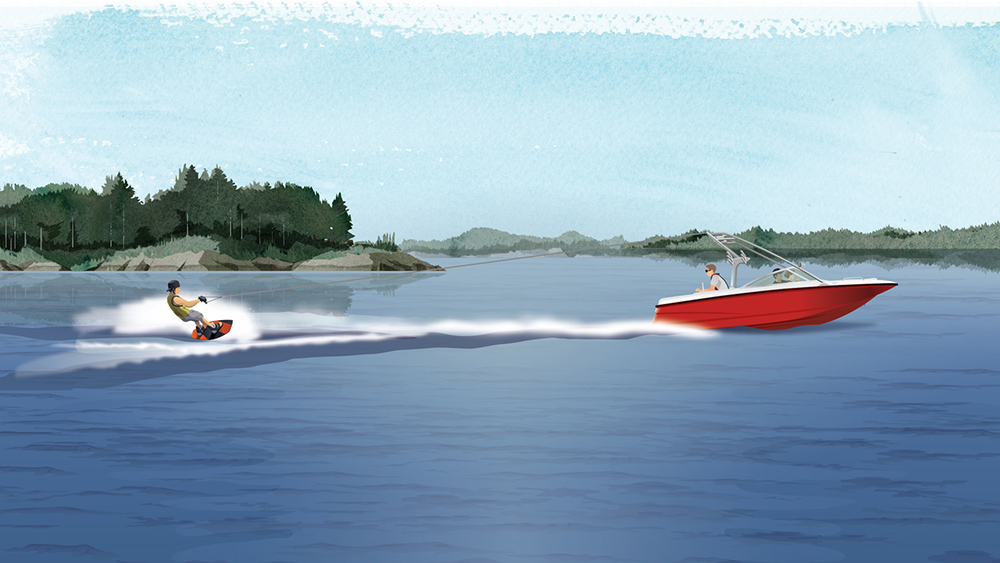
Towed sports are fun and if performed properly with all the right safety and sporting equipment, can be very safe. However, the Coast Guard lists ‘skier mishaps’ in the top five types of boating accidents. So, stay safe and never allow yourself to become careless on the water. Accidents do happen if you aren’t being careful.
Using Hand Signals
Both the spotter and the person being towed must be able to communicate using standardized hand signals. Think of yourselves as a ‘driver-spotter-rider’ team and discuss the hand signal meanings as a group before leaving the dock!
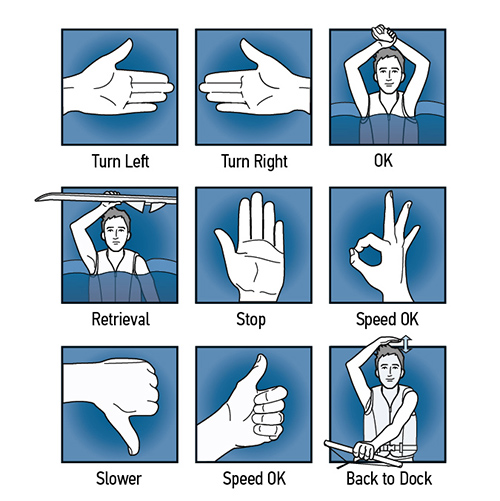
Remember: In most areas, the person being towed on any device is considered to be on the boat and is required to wear a life jacket.
The hand signals are:
- Turn left
- Turn right
- OK
- Retrieval
- Stop
- Speed OK
- Slower
- Faster
- Back to dock









